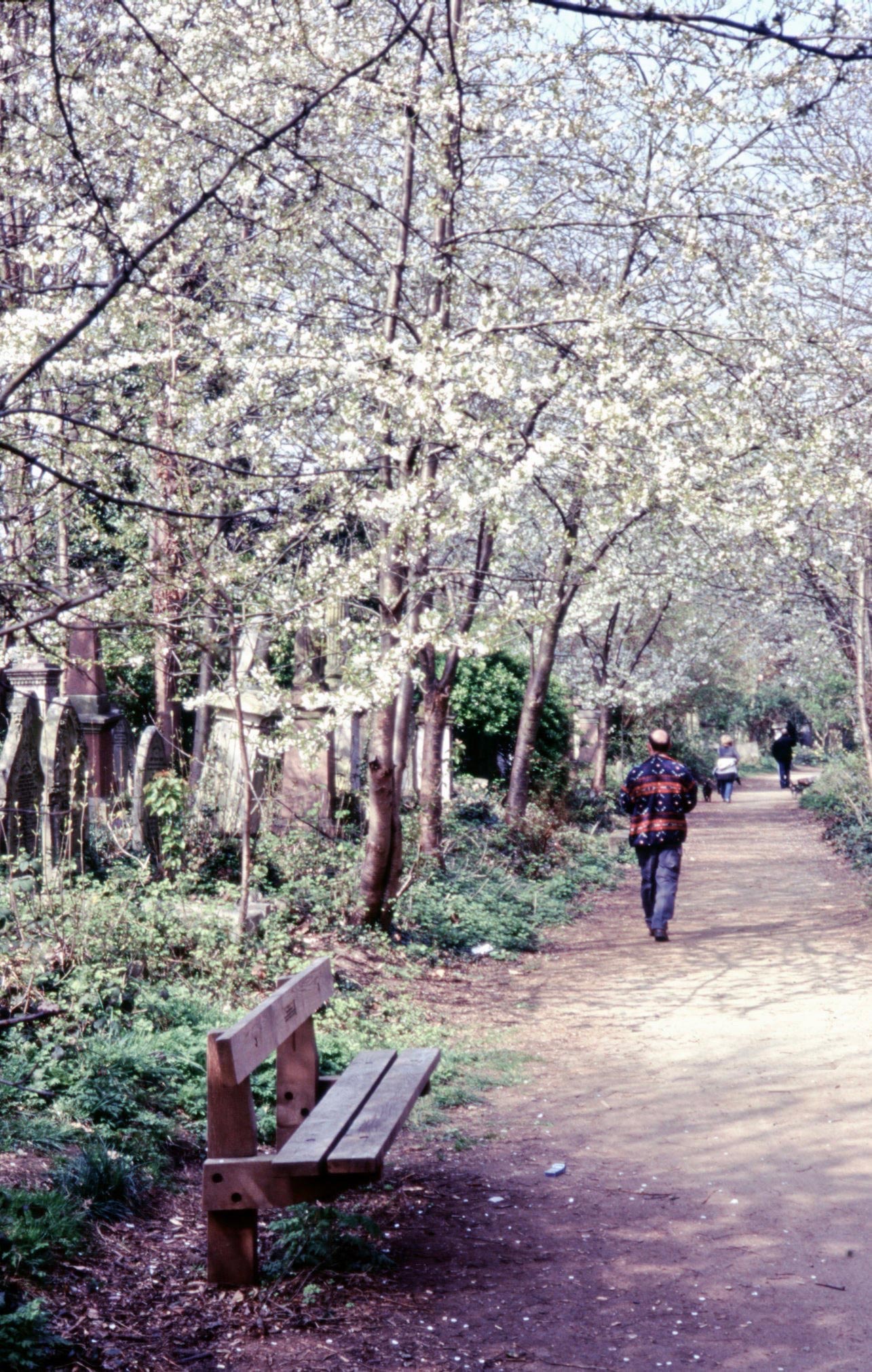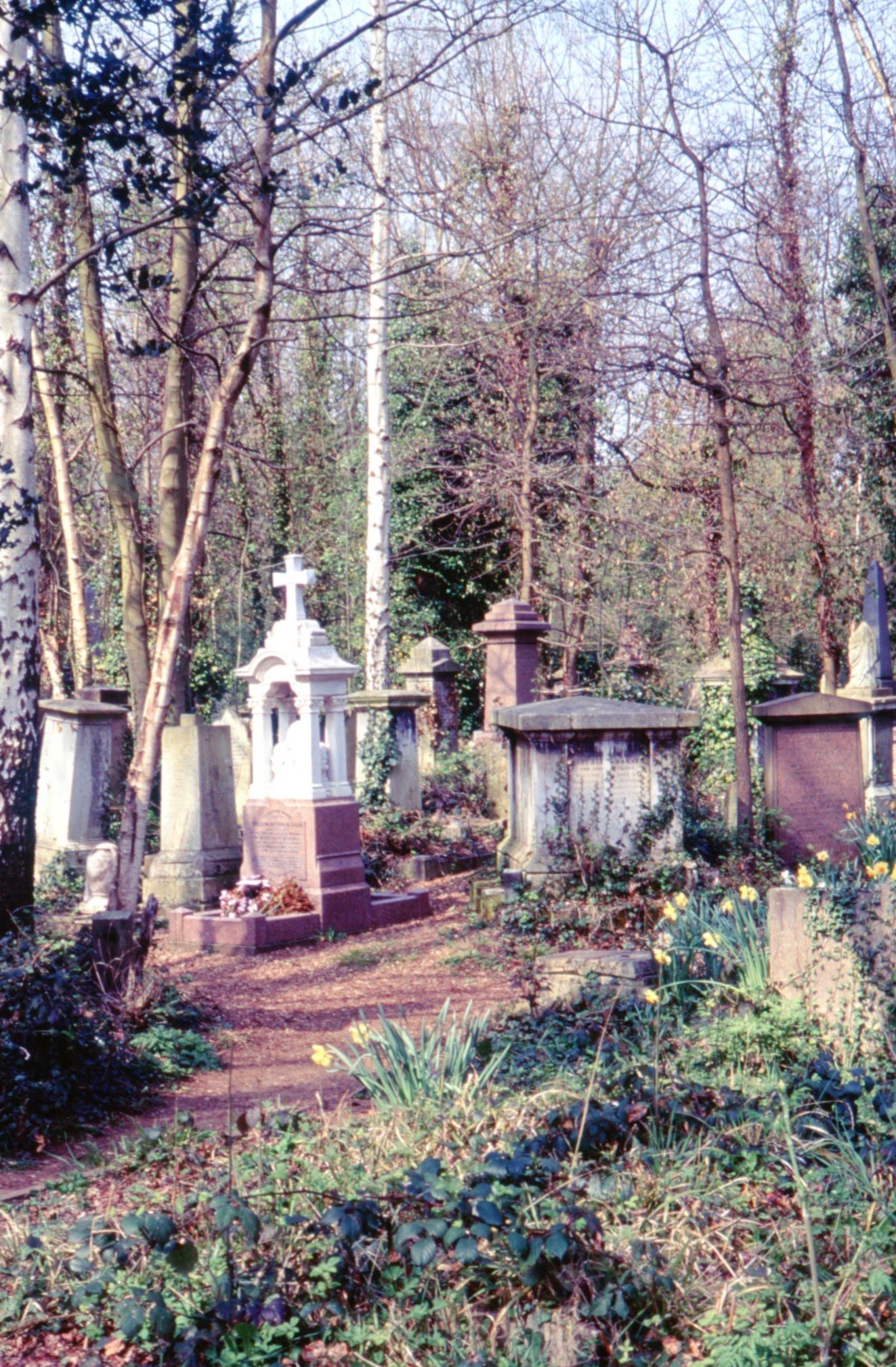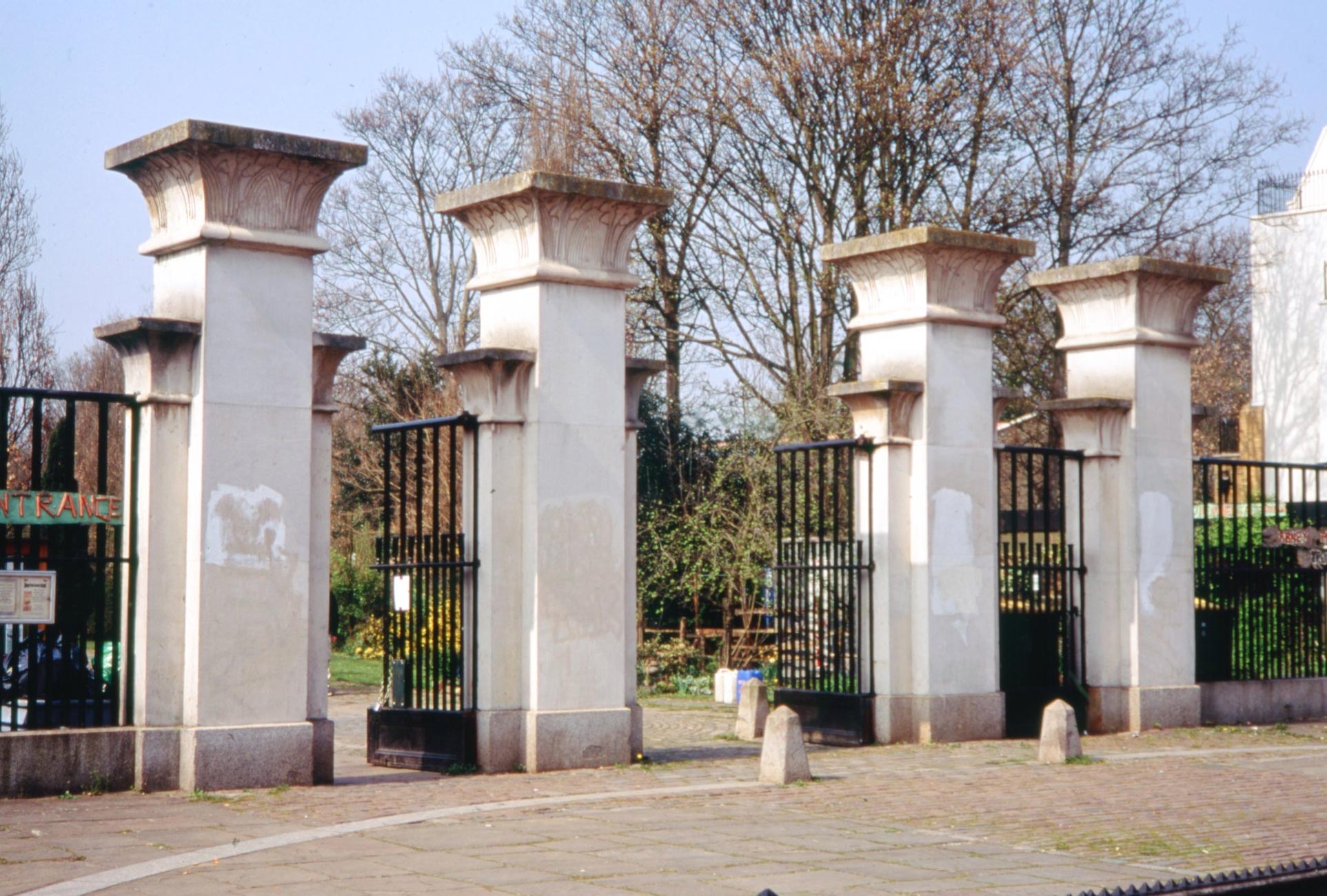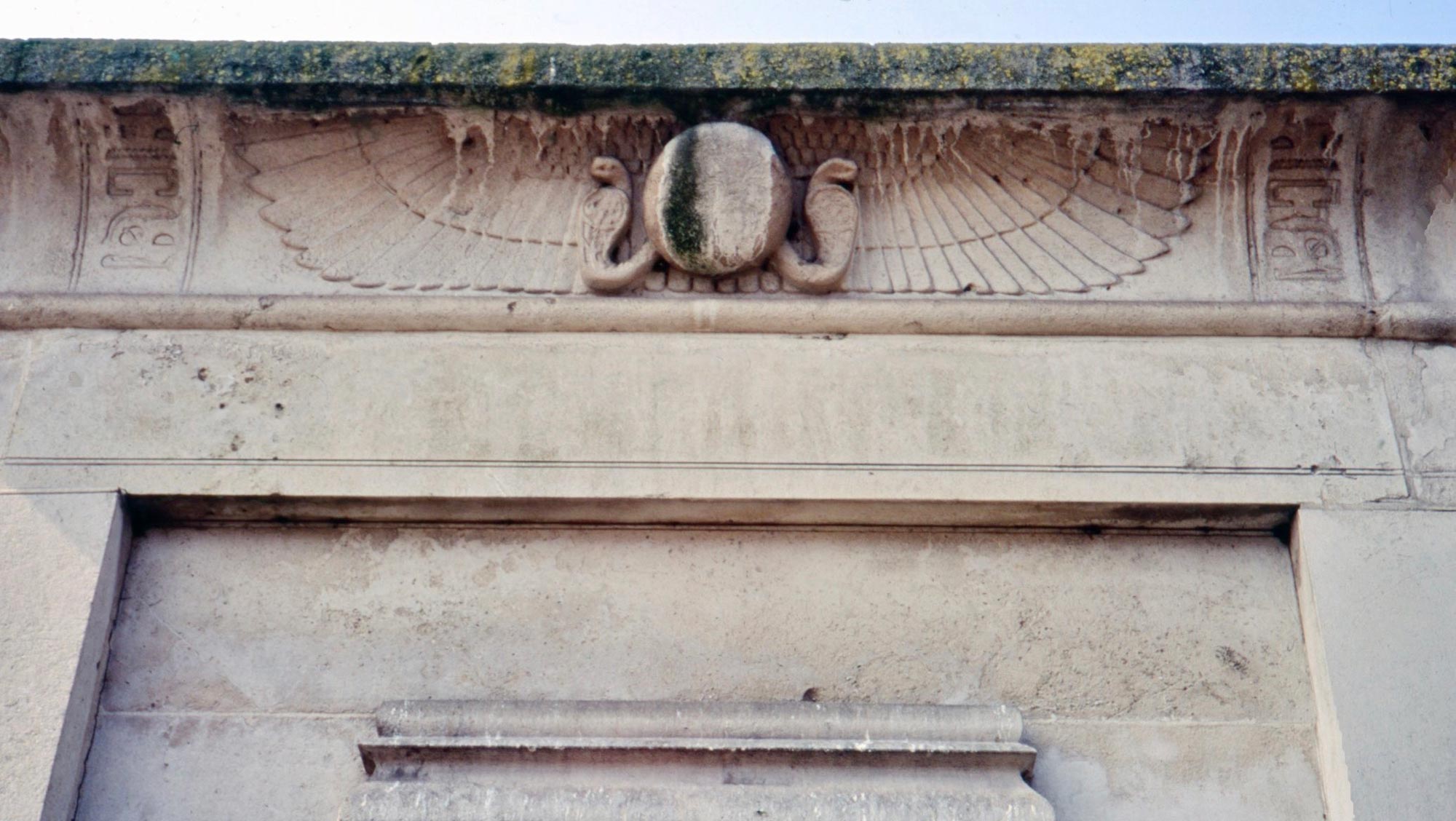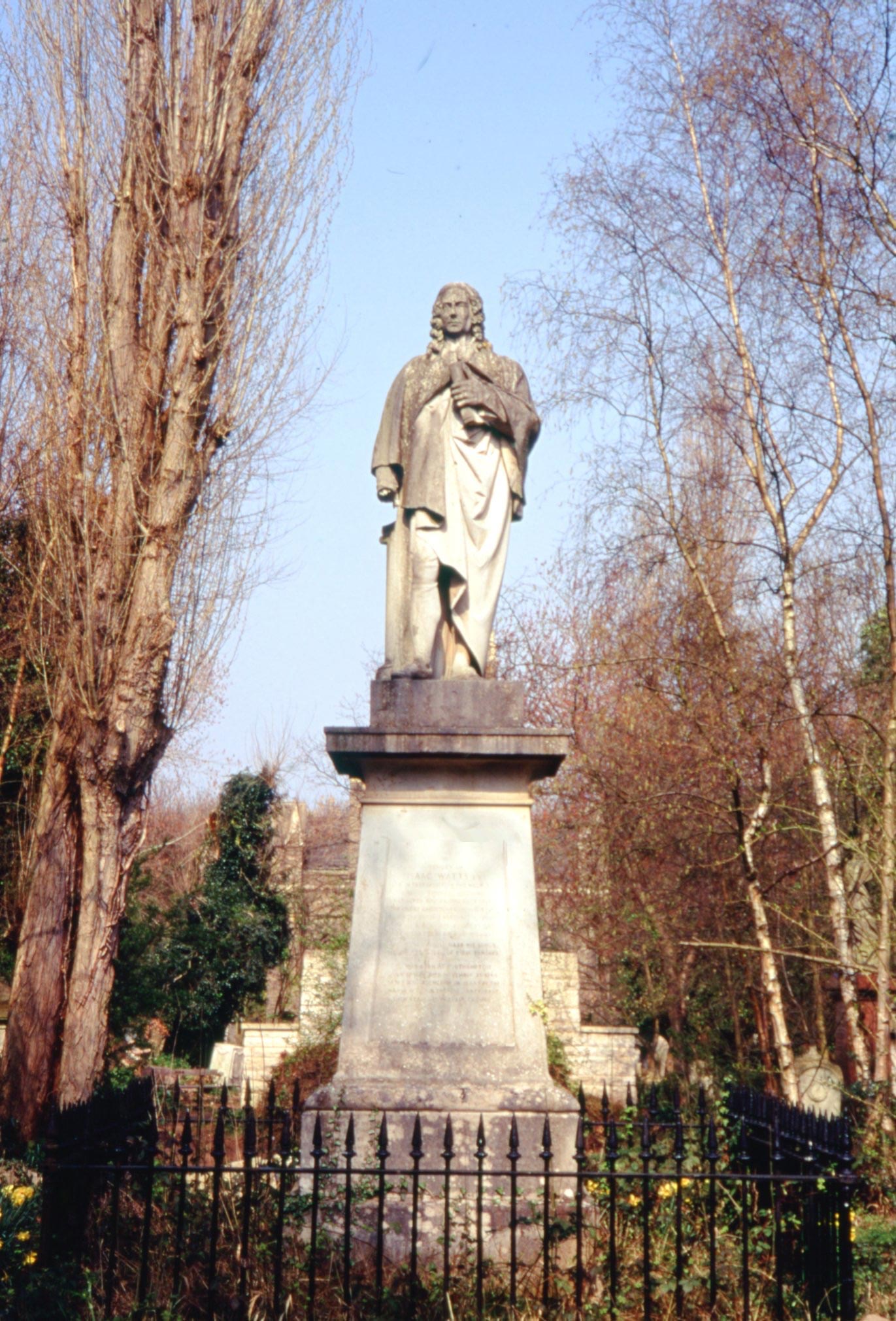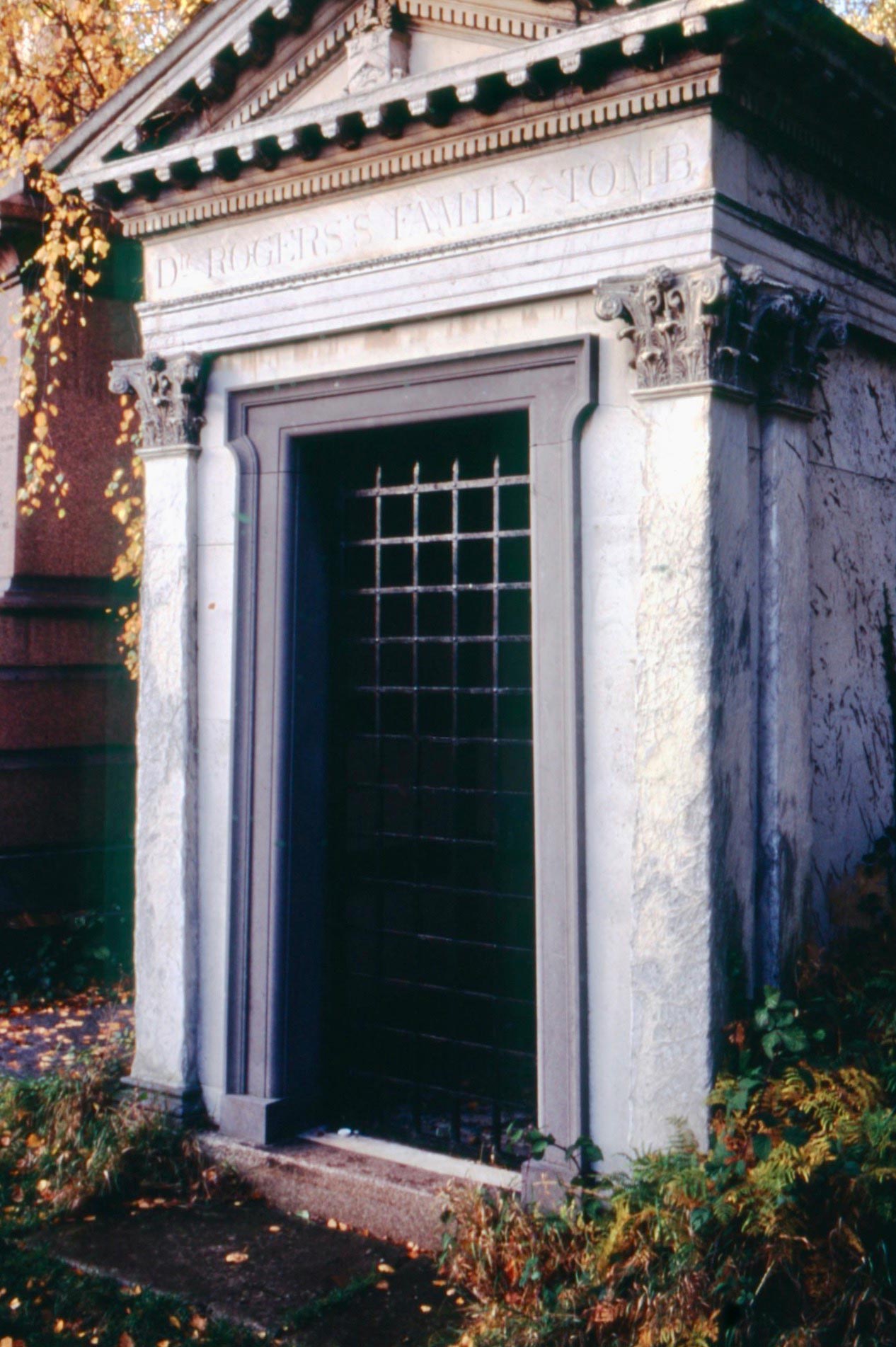On this wet, windy, Wednesday morning I passed four more of Charles Keeping’s splendid illustrations on my visit to ‘The Old Curiosity Shop’ by Charles Dickens.
‘Kit’s mother and the single gentleman, speeding onward in the post-chaise-and-four’ occupies a double page spread.
‘ ‘Aquiline!’ cried Quilp, thrusting in his head, and striking the feature with his fist’, follows with another.
‘ ‘Mr Quilp, elevating his glass, drank to their next merry-meeting in that jovial spot’. Here Mr Keeping produces three recognisable characters, depicting the scene described with sarcasm by Mr Dickens.
‘Nell went out alone to visit the old church’
Having reached this point on such a day, I was prompted to return to my cemeteries project after lunch.




My next batch of colour slides was produced at West Norwood Cemetery in May 2008.
Perhaps the most splendid memorials in Victorian London were those erected here by the Greek shipping community.
An example is the Mortuary Chapel, C1872, attributed to ‘J Oldrid Scott, to the memory of Augustus Ralli. Small Doric temple with tetrastyle portico at each end, all of fossiliferous limestone white for the stylobate and golden for rest of building. In front, pediment and metopes are marble sculptures of religious subjects although compositions are based on Parthenon models. Set back lower side wings with rusticated ends, angle pilasters, plain metopes and narrow windows. Double door with fanlight of fishscale glazing. Handsome painted ceiling inside.’ in 2019 the National Lottery Heritage Fund awarded the Local Authority [Lambeth] a grant under the Parks for People programme which secured funding for the repair of priority monuments. Work is currently progressing on surveys and statutory approvals prior to starting the repair works, which are now anticipated to start in 2021.’ (https://historicengland.org.uk/listing/the-list/list-entry/1064989). The young man was at Eton College when he died.


There is much skilful statuary. Perhaps a reader may be able to translate the inscription on the child’s plinth.





Yes. I found this mother and son mesmerising from almost any angle.
With the gale winds picking up by mid afternoon, and the sun having spent the day in hiding, we nipped down to

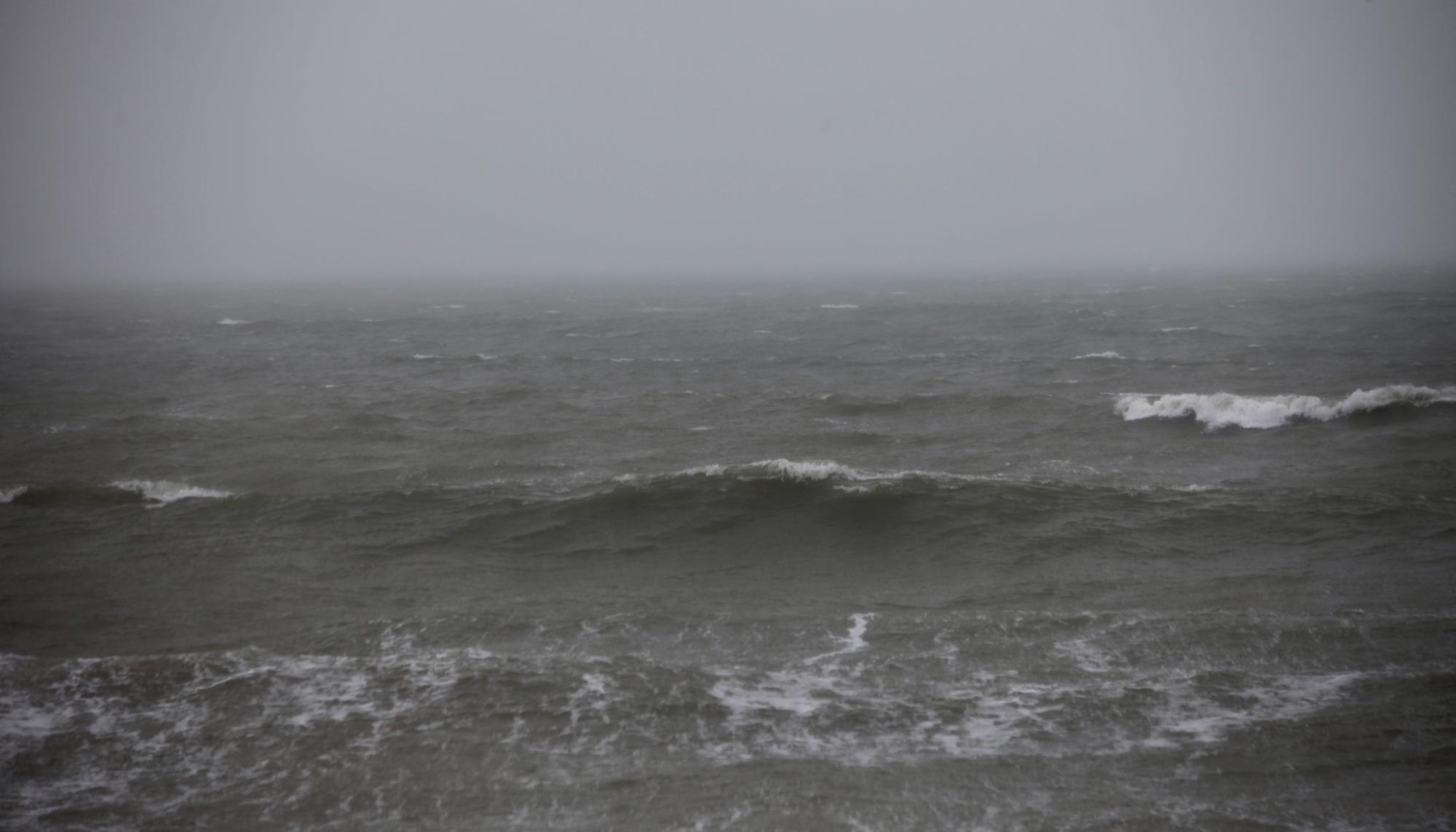
the coast at Milford on sea for some comparison shots with yesterday. The woman had left the shingle and Hurst lighthouse was no longer visible; the Isle of Wight had been towed away.


Colourless rocks and waves had lost their sparkle and breakwaters were largely obscured.
Spray had turned to flying spume-balls carpeting steps to the sea wall over which they sped sailing across the road.
Black headed gulls hung almost stationary on the wind. From the safety of the car
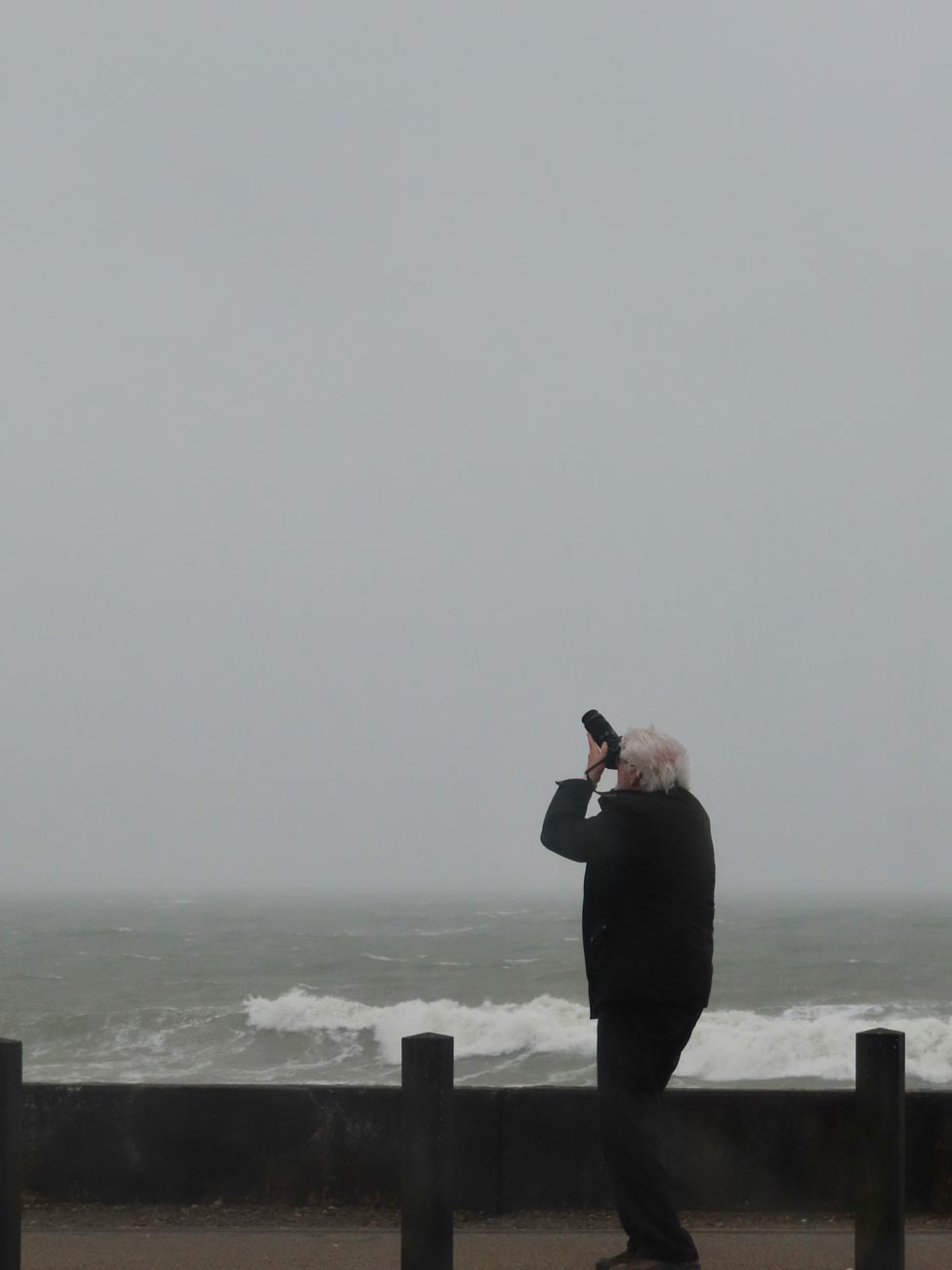


Jackie photographed me failing to focus on them yet having a little more success with the sea.
This evening we dined on firm pork chops topped with sage and onion stuffing; crisp Yorkshire pudding; boiled new potatoes, crunchy carrots, broccoli and cauliflower, with which Jackie drank Hoegaarden and I finished the Primitivo Salento.











